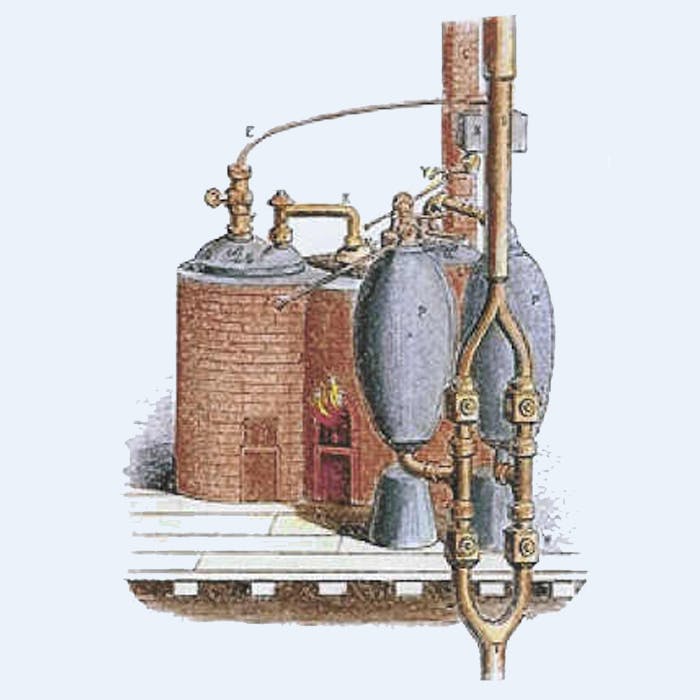
The Steam Engine - first steps to the Industrial Revolution
Early experiments in steam power are recorded as far back as Roman Egypt in the First Century AD. However, the first practical patent for an atmospheric pressure steam engine was filed by Thomas Savery, an inventor from Devon, in 1698.
Savery was born in 1650, into a wealthy family. He was well educated and became a military engineer, with a passion for mechanics and mathematics.
He was probably aware of the ideas of an earlier thinker, Edward Somerset, and thought one of his ideas could be adapted to pump water from mines or to supply water wheels in textile factories.
Savery filed a patent for his first design for a “fire engine” on 2nd July, 1698, and soon after presented a working model to the Royal Society of London. After exhibiting his engine at Hampton Court for King William III, he was granted his patent for “a new invention for raising of water, and occasional motion to all sorts of mill works, by the important force of fire, which will be of great use for draining of mines … ”
Over the next one hundred years or so, visionaries like Thomas Newcomen, James Watt and finally Richard Trevithick, would refine the design to produce steam engines small enough for uses in things like locomotives.
The steam engine was a vital component of the Industrial Revolution, powering factories and mills, and providing improved transportation of goods and workers by train and sea.
The picture shows an illustration of Savery's steam engine.
Further reading
Links to external websites are not maintained by Bite Sized Britain. They are provided to give users access to additional information. Bite Sized Britain is not responsible for the content of these external websites.
